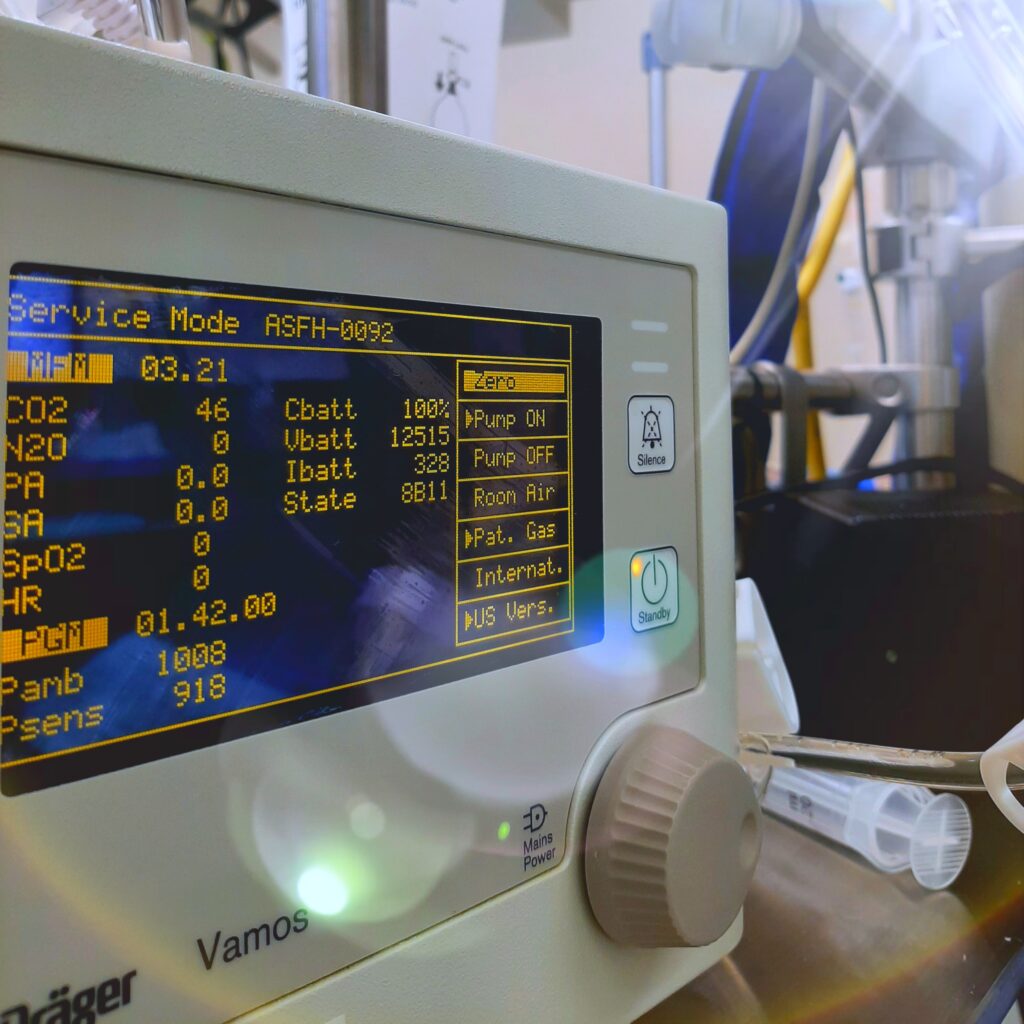Nadir Oxygen Delivery During Pediatric Bypass as A Predictor of Acute Kidney Injury

Background
Cardiac surgery associated acute kidney injury (CS-AKI) is common in infants and associates with negative outcomes. Nadir indexed oxygen delivery (DO 2i) during cardiopulmonary bypass (CPB) is associated with the occurrence of postoperative CS-AKI, with ‘critical thresholds’ for DO 2i reported to be 262–300 mL/min/m 2 in adults. However, given that infants have a higher metabolic rate and oxygen demand, the critical DO 2i in infants cannot be referred to the existing adults’ standard. This study aimed to explore the critical DO 2i threshold during pediatric CPB.
Methods
Between March 2019 and April 2020, 106 consecutive pediatric patients undergoing cardiac surgery with CPB were admitted to this prospective observational cohort study. The DO 2i levels of each patient were monitored during CPB. Pre- and intraoperative factors were tested for independent association with CS-AKI. The postoperative outcome of patients with or without CS-AKI was compared.
Results
In our patient population (n = 83), we identified 25 patients (38.5%) with postoperative CS-AKI. Multivariate analysis revealed 2 independent risk factors for onset of CS-AKI: CPB duration and nadir DO 2i. The lowest suitable DO 2i during CPB in the present population was 353 mL/min/m 2 (sensitivity 65.6%, specificity 74.5%). CS-AKI during pediatric CPB remained significantly associated with an increased morbidity, related mainly to a postoperative low cardiac output syndrome, but not to mortality.
Conclusions
The lowest suitable DO 2i during CPB in the present population undergoing pediatric cardiac surgery was 353 mL/min/m 2. And below this threshold, there was a high probability of inducing CS-AKI.
